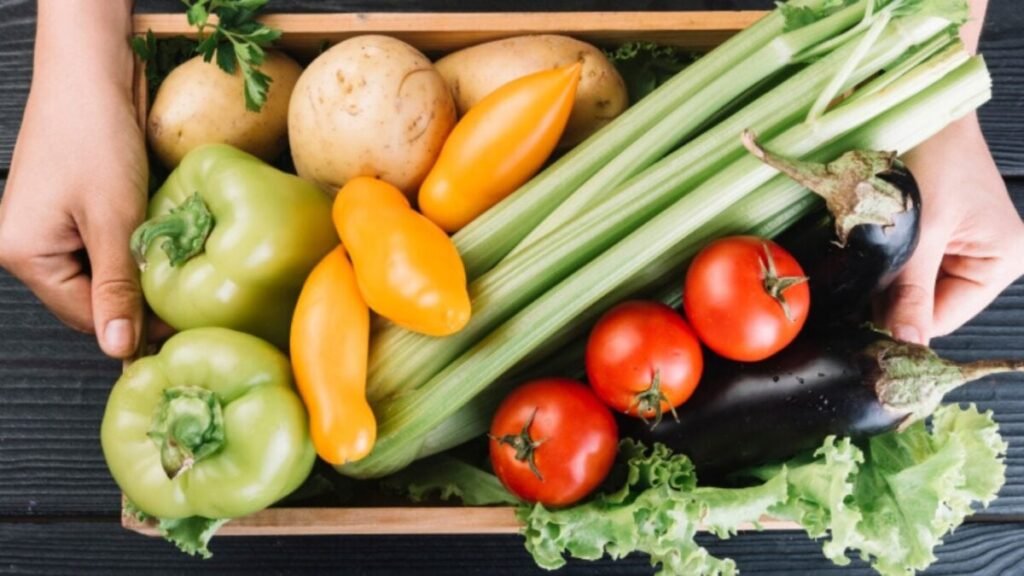Veggies under scrutiny: the surprising finding of unseen plastics in our food

The study uncovers a concerning scenario: nanoplastics have the ability to breach the natural defenses of plants and accumulate in their edible parts. This discovery raises critical questions about the safety of the food we consume.
Overcoming a plant barrier
The impermeable tissue in plants typically acts as a protective barrier, akin to how nose hairs prevent dust or bacteria from entering our bodies. However, nanoparticles, which are a thousand times smaller than a hair, are able to permeate this barrier.
Plastic in every corner of the ecosystem
Professor Nathaniel Clark, the lead researcher of the study, emphasized that this is the first evidence showing that nanoplastics can accumulate in plants and be passed on to any organism that consumes them. The research also indicates that vegetables, similar to shellfish, can retain microplastics.
Almost untraceable particles
Detecting nanoplastics presents a significant challenge due to their minuscule size, which makes them virtually indistinguishable from plant tissue. Researchers have developed polystyrene particles that are easily identifiable under a microscope, but acknowledge that the interaction may vary based on the type of plastic, its shape, and its chemical composition.
This groundbreaking study highlights the presence of nanoplastics in vegetables, underscoring the need to address chronic human exposure and reassess plastic waste management practices in agriculture. It serves as a stark reminder that the plastics contaminating our environment do not simply vanish; instead, they transform into smaller fragments that can infiltrate even the most unexpected places, including the food we consume.






